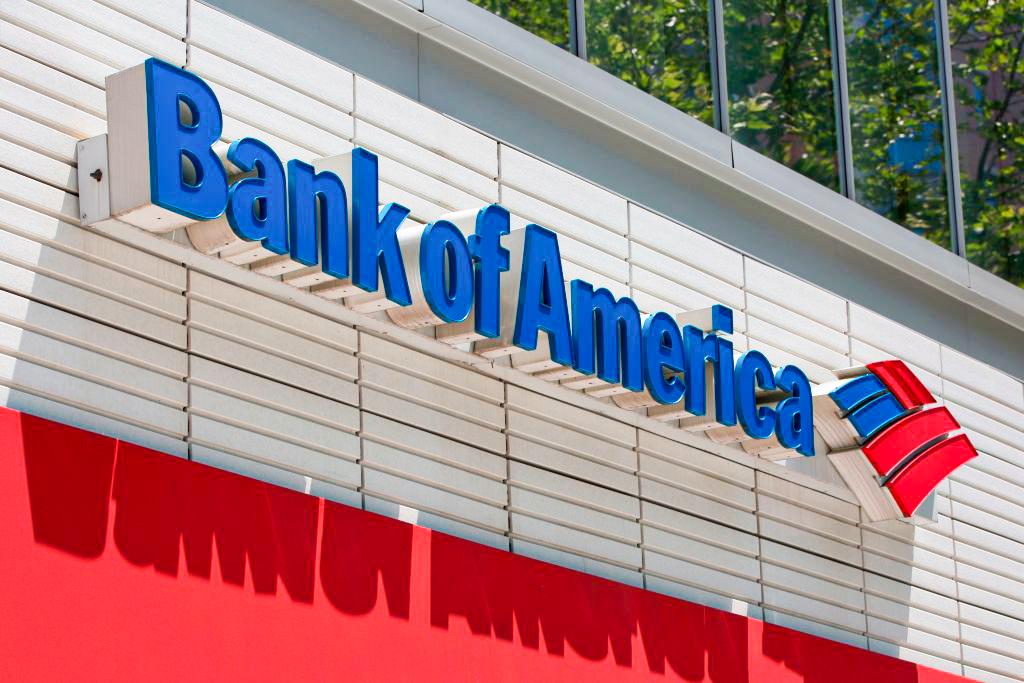Bank of America said it would eliminate insufficient funds fees in February and reduce overdraft charges from $35 to $10 for customers by May, in a Jan. 10 press release.

The Bank of America logo is seen outside a branch in Washington on July 9, 2019. Alastair Pike/AFP/Getty Images
|Updated:





